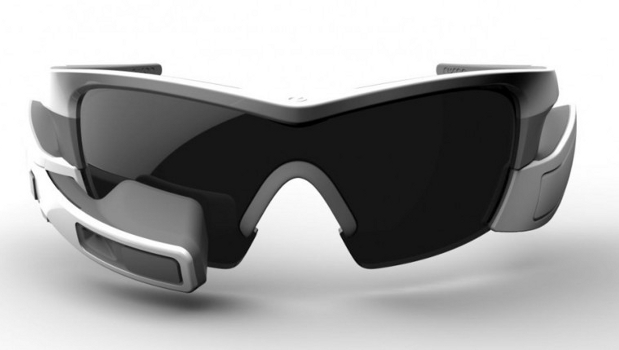Intel seems to be developing a pair of augmented reality smart glasses, and we may see them at the company’s developer show next month.
The Intel Remote EyeSight, a set of head-worn AR smart glasses, is built around the idea of remote collaboration. The company will offer details at a technical session during next month’s Intel Developer Forum in San Francisco.
Further information about the AR smart glasses wasn’t immediately available, but they seem like a cross between Microsoft’s HoloLens and Google Glass.
The technical session page describes the AR smart glasses as a product that uses Intel’s Collaboration Suite for WebRTC video capabilities to “transform Intel’s enterprise collaboration experiences with secure, cost-effective, hands-free and augmented reality technologies”.
An Intel spokeswoman declined to comment on Remote EyeSight, but said AR and VR will be a big focus at IDF.
The smart glasses give a fascinating clue into Intel’s AR strategy. Augmented reality blends real and virtual worlds, and can be used to build 3D objects, chat on Skype, or even play 3D games with the real world as a background.
Intel’s Remote EyeSight could enable interactive remote communication on smart glasses, kind of like having Skype on a wearable. That could promote freedom of movement and communication, and blend in real and virtual world scenes into video chats. In the enterprise, it could be used in areas like repair, medicine, and education.
Bulky headsets like Microsoft HoloLens restrict movement, a problem Intel’s smart glasses could alleviate if they are the right size. But like Google Glass, they may not be welcome in areas like bars and restaurants, so they could be limited to use in specific areas.
The popular Pokemon Go game provides a glimpse into how popular AR can be in the mobile arena. Lenovo’s upcoming Phab 2 Pro smartphone – based on Google’s Tango AR platform – can be used to measure distances, recognise items, map locations, and provide real-time indoor navigation. Intel’s Remote EyeSight could borrow some of those features.
Intel already sells smart glasses. The Recon Jet smart glasses (pictured) show athletes data like GPS maps, their speeds, distance traveled, duration of their workouts, and heart rates. That product is not tied to VR or AR.
Intel has a patchwork of VR and AR products but doesn’t have a comprehensive strategy yet. At CES, the company showed a concept PC-in-a-backpack to which VR headsets can be tethered. HP, MSI, Alienware, and other companies have shown similar VR backpack PCs.
Many Intel VR and AR concepts revolve around the RealSense 3D camera, which hasn’t proved popular in PCs so far. An experimental Intel smartphone compatible with the Tango AR platform went on sale during CES but has been discontinued.
The RealSense camera can go deep inside images to determine the size, shape, and contours of objects. It can assess human mood by recognising a smile or a sad face. RealSense provides the image depth needed for basic AR applications.
Intel also has good CPU technology for AR and VR but lacks good graphics technology, which is important for visual computing.
It’s also unclear how Intel will lay out its AR and VR vision at IDF. The company’s PC, server, and internet of things groups have different ideas on how AR and VR fit into their operations, and it remains to be seen if they can unite to provide a common vision.
Intel has been acquiring small companies engaged in VR and AR. One such company is Replay Technologies, which develops technology to make sports replays interactive. Intel sees this acquisition as helping its server unit, because hundreds of gigabytes of data are generated every minute through interactive replays. The back-end processing happens in the data center, and Intel’s Xeon chips dominate the server market.
IDG News Service








Subscribers 0
Fans 0
Followers 0
Followers